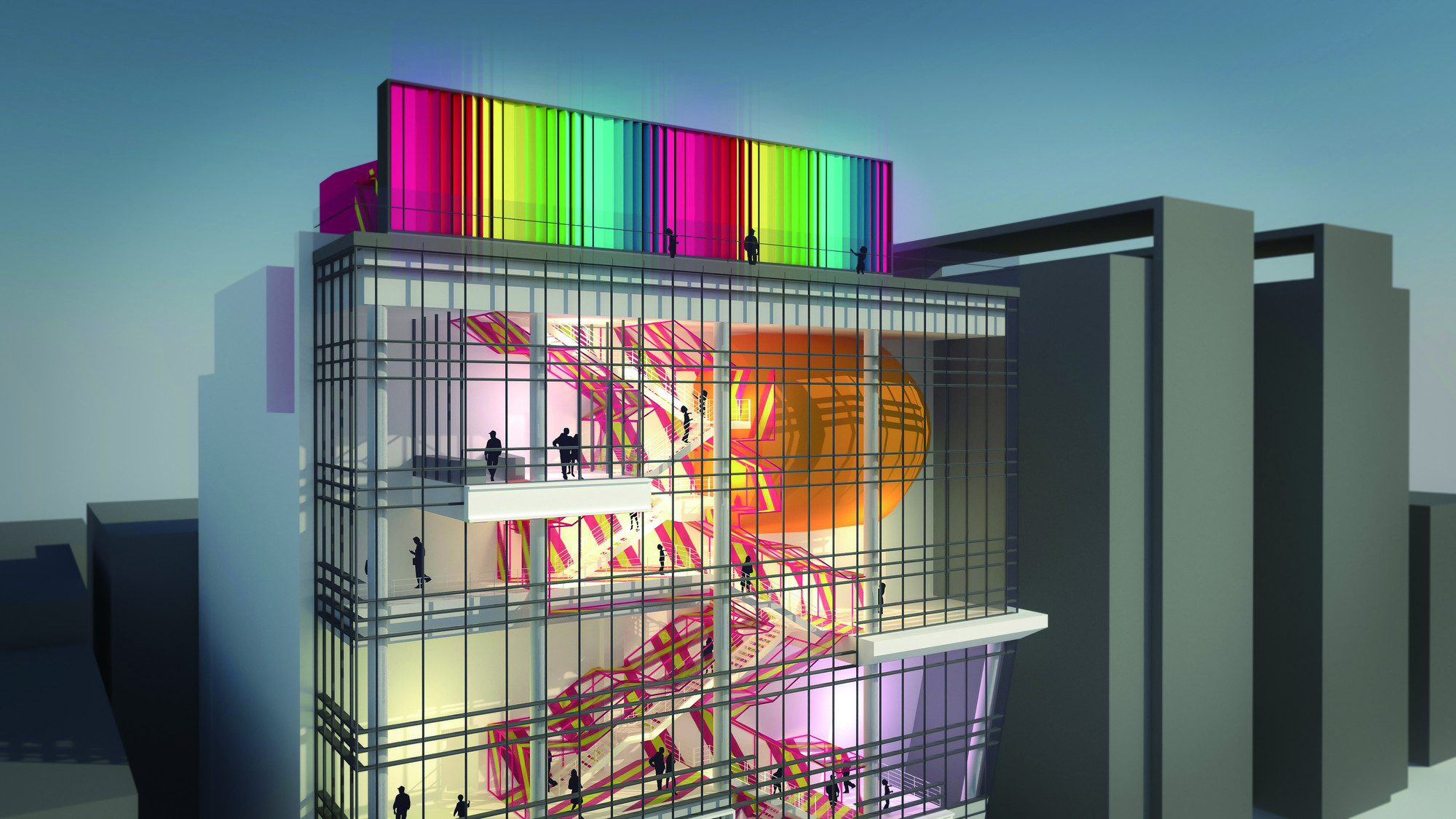Press
Resource Center
Gwangju Folly III: Folly & Everyday Life—Taste And Beauty
With the follies at Parc de la Villette, architect Bernard Tschumi played with the ambivalent notions that have the same pronunciation; "folly," as those strange structures and "folie," as in that for "lunatic," trying to go beyond the limitations of the existing urban context. In other words, folly in its modern terms is an unstructured mechanism that pushes the boundaries of the structuralized urban environment where it is situated.
This is also the reason why Gwangju is focusing on folly as an alternative space to communicate with the public while overcoming the constraints of the existing city. In order to go further beyond the city’s history and foster accessibility while succeeding the fruits of the previous Gwangju Folly I and II in a productive manner, we chose everyday life in the city as the key concept of the new folly project. It is also the cross point where the abstract and the truth in urban experiences meet each other.
Through Gwangju Folly, we will shed light on the social process of creating a space and bring up the universal issue of "taste and beauty" among those many things one may experience during a trip. Gwangju Folly III will function as an urban device for revitalization that envisions the future of Gwangju through four follies including View Folly, GD (Gwangju Dutch) Folly, Cook Folly and Fun Pun Folly as well as Mini Folly.
Symbolically connected to and interacting with each other, they will serve as urban follies offering unusual experiences of a place where the everydayness and the unexpectedness intersect. Briefly, we would like to design action verbs to experience the city while making Gwangju Folly III: to see, to walk, to eat and to play.

View Folly: to see
An observatory platform located nearby Asia Culture Center. At this unique observatory, one can appreciate interactive trivision art works with the landscape linked to the city’s Mudeung Mountain as the backdrop. With its particular look, View Folly itself becomes a photo zone. Moon Hoon, architect famous for his cartoon style sketch, and the media artist group realities:united (Jan & Tim Edler) who created Media skin for the Kunsthaus Graz in Austria, 2003, participate.
GD(Gwangju Dutch) Folly: to walk
Gwangju Biennale Foundation and Netherlands Creative Industry Funds present a folly that offers a different experience of the "urban daily lives" based on a research about Gwangju led by architects from both countries. Providing Gwangju with a space that encourages walking, it also brings up the potential of follies through various objects and programs. Winy Maas (MVRDV) and Cho ByoungSoo participate.
Cook Folly: to eat
In other words, a dining folly. Pursuing a bottom-up strategy—squeezing into the declined area of the city and revitalizing it—this folly is expected to be an exemplary case of urban regeneration. Especially, young locals in food industry were invited to participate in a community-based folly project as partners. The project was led by Jang Jinwoo who has become an idol to the young generation after establishing new food-court style stores in Spindle Market starting from Jang Jinwoo Street Itaewon.
Fun Pun Folly: to play
Focusing on public engagement, it was conceived as a FUN (Fun Urban Networking) and PUN (Positive Urban Networking) folly for crowdsourcing. First, ideas were selected through a nationwide open call and based on these ideas, eight architects and artists from Gwangju and other cities were invited to participate in an invited competition. Four teams were selected in the final review. Then through discussions and votes made by citizens and experts, Kim Chanjoong the icon of innovation in the Korean architectural scene and the local global artist Jin Siyon were selected as the finalists.
Mini Folly
Follies for events and pleasure. Korean architect Kook Hyoung-Gul, media artist Syn Sue Gyeong and Leif Høgfeldt Hansen, an architect and professor at Aarhus University along with 12 architecture major students participated in the project. Overcoming the limitation of the site innate in usual follies, Mini Folly was designed to offer urban experiences. For its flexibility, it can be expanded and installed in different places throughout the city and function as a platform for public events in connection with other works.
Gwangju Biennale and Gwangju Folly
Founded in 1995 to commemorate the May 18 Democratization Movement (1980) and the April 19 Revolution (1960), Gwangju Biennale is one of the oldest and most renowned modern art biennales in Asia. Under the direction of such prominent curators as Lee Yongwoo, Massimiliano Gioni, Okwui Enwezor, Charles Esche, Hou Hanru, Kim Hong-hee, Oh Kwang-Soo, Sung Wan-kyung, Lee Young-chul, Kerry Brower, Jang Suk-won, and Harald Szeemann, Gwangju Biennale has established itself as a major player in the international contemporary art biennale scene. Gwangju Folly project was initiated as part of the 2011 Gwangju Design Biennale led by co-artistic directors Seung H-Sang and Ai Weiwei. Following its second edition in 2013 with Nikolaus Hirsch, 2016 Gwangju Folly III is conceived by Chun Eui-Young and will present new follies under the theme "Everyday Life—Taste and Beauty."
Hosted by Gwangju Metropolitan City / Organized by Gwangju Biennale Foundation
The Gwangju Biennale Foundation
111, Biennale-ro, Buk-gu, Gwangju, Republic of Korea, 61104
T +82(0)62 608 4261 5? / F +82(0)62 608 4219